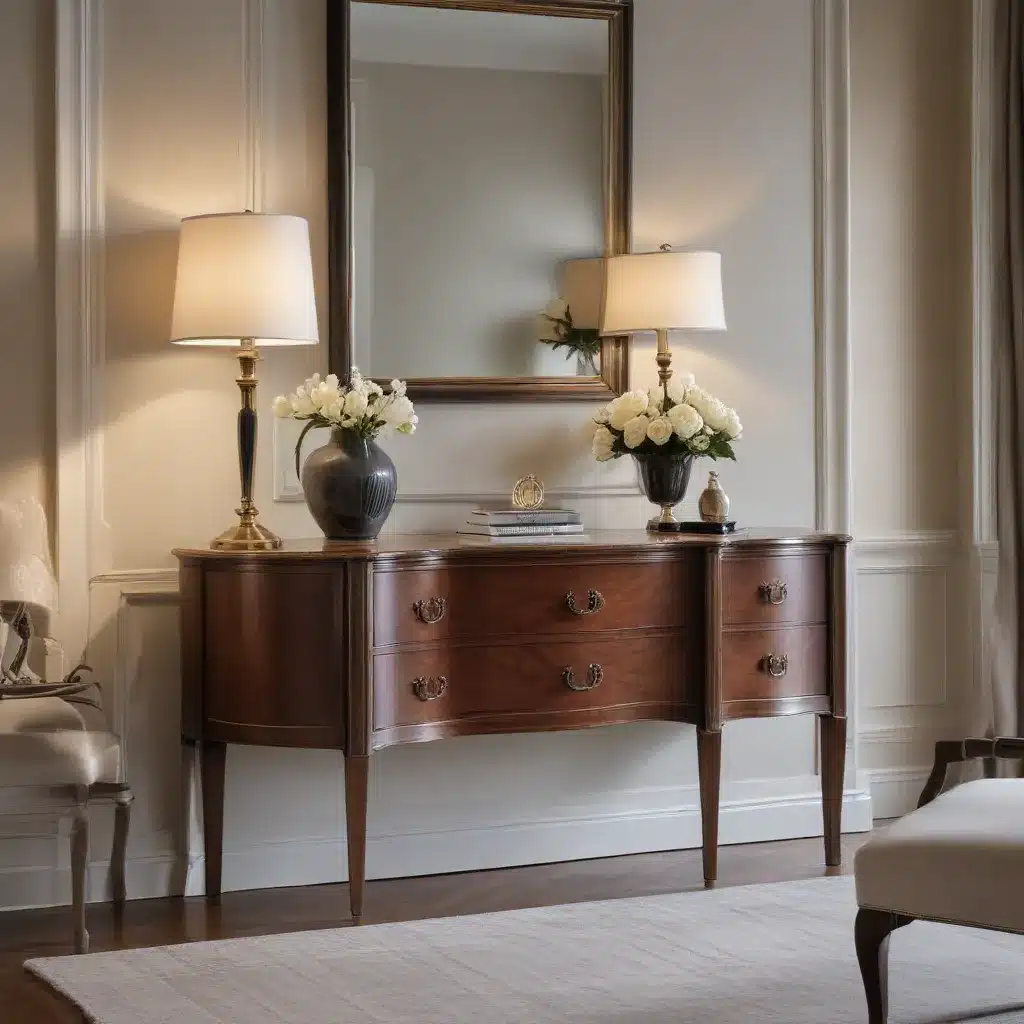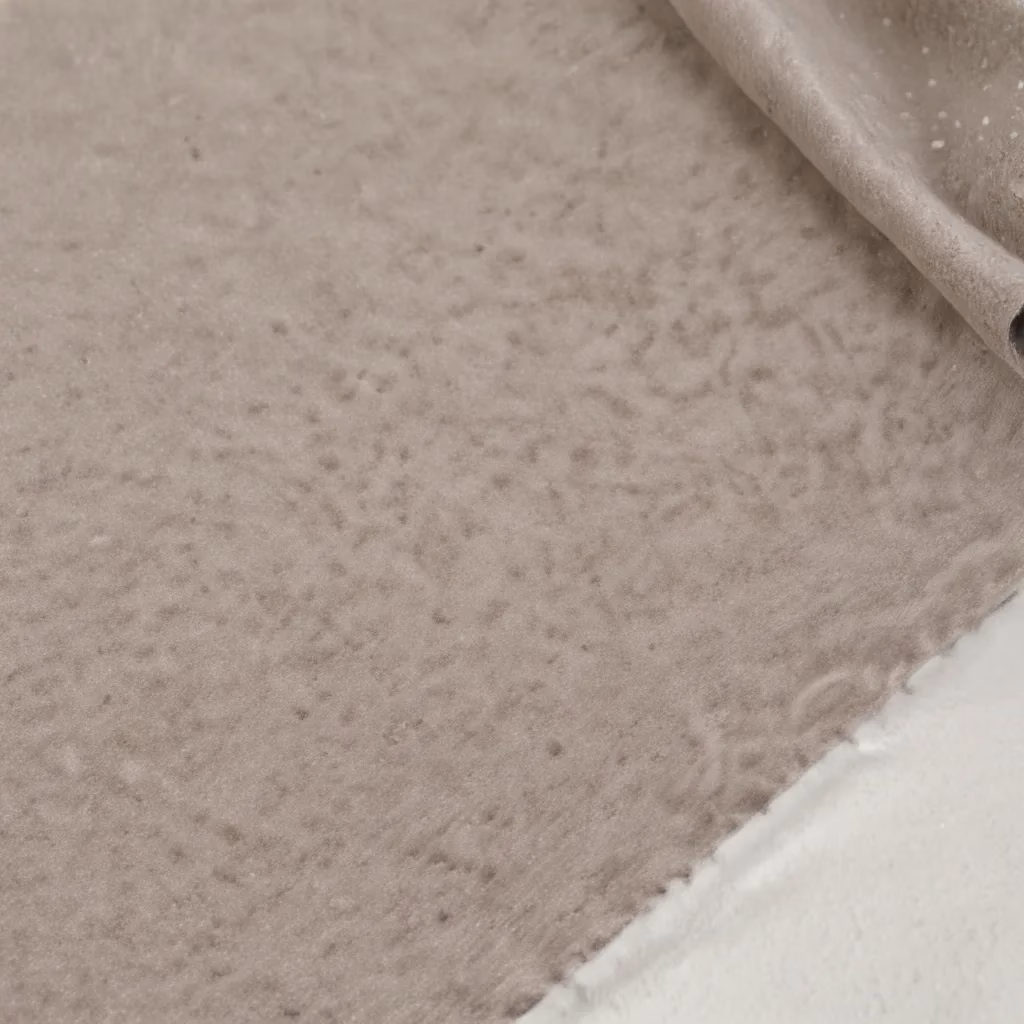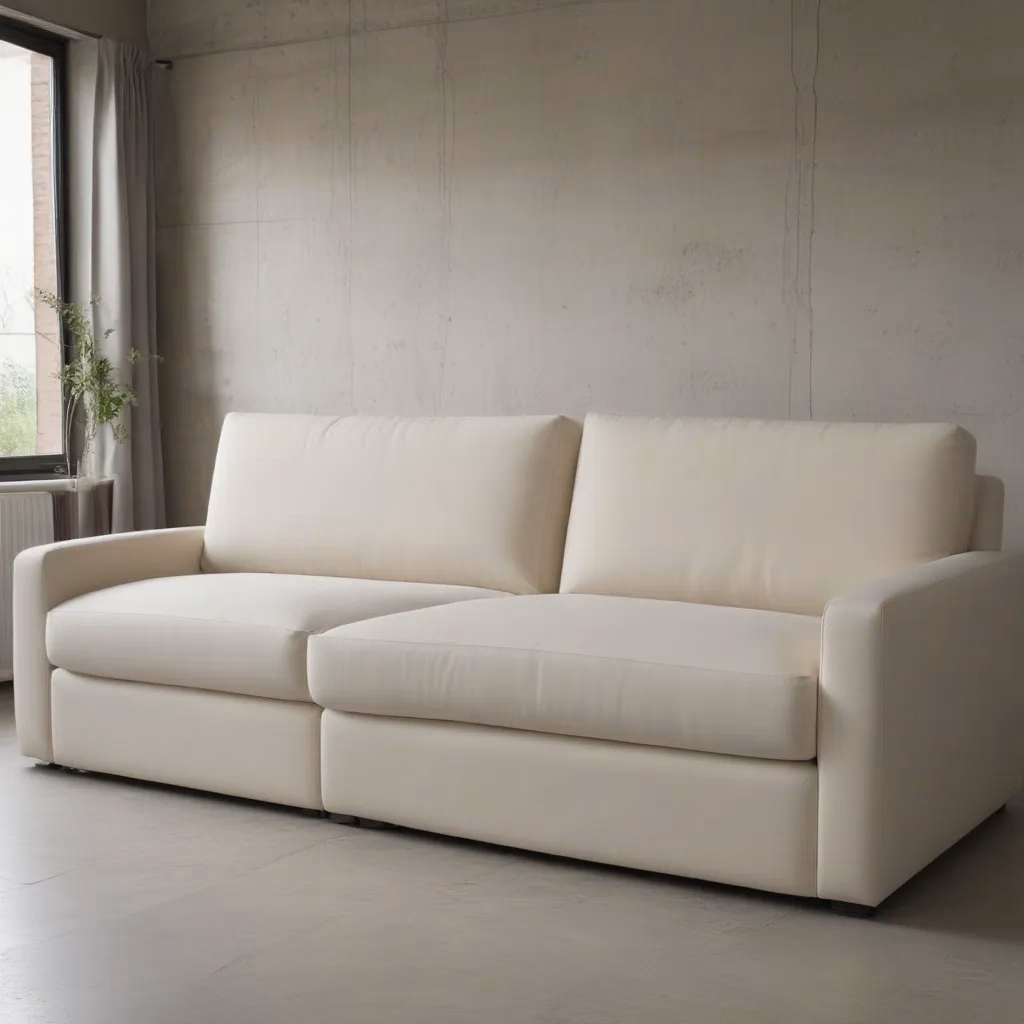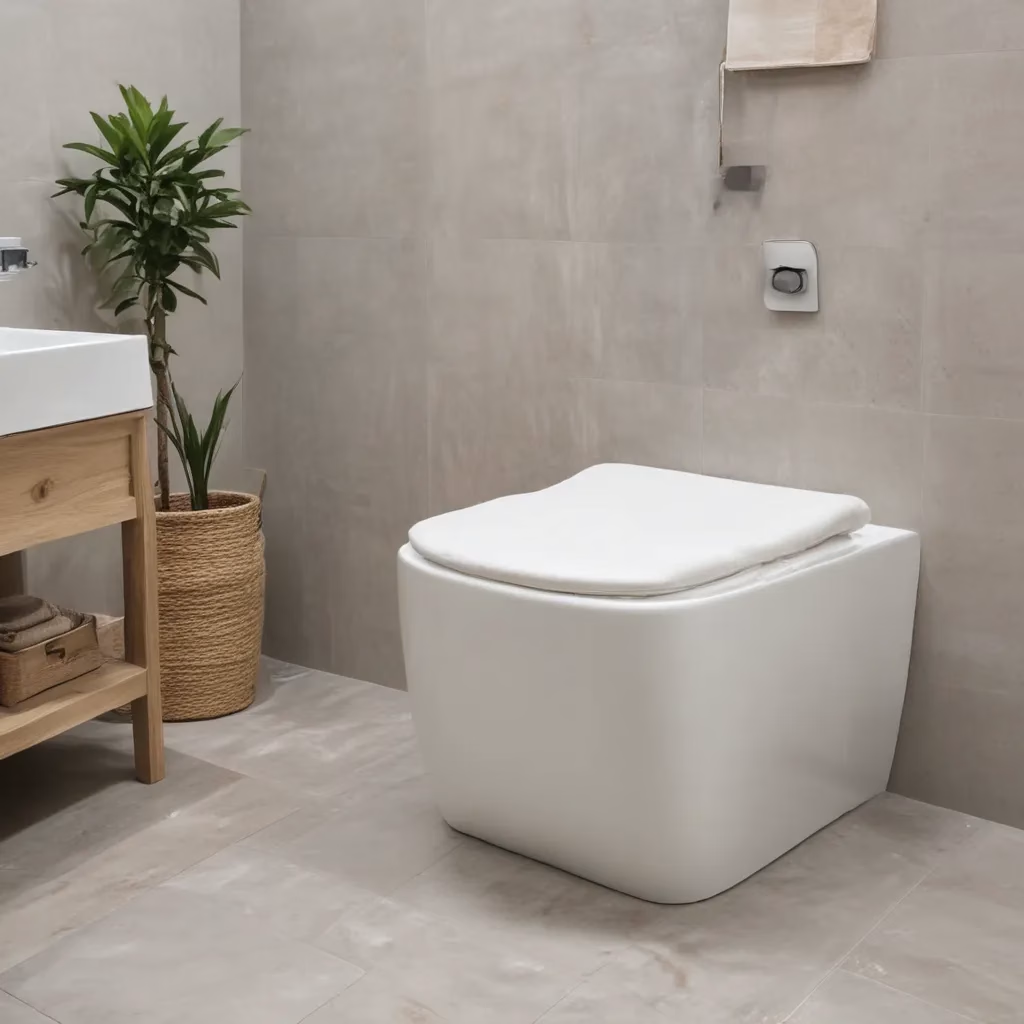
The Art of Blending Old and New
As a furniture specialist with years of experience, I’ve seen countless trends come and go. But one thing that never goes out of style is the harmonious blend of traditional and modern elements in interior design. This combination creates a unique aesthetic that’s both timeless and fresh.
When I first started in this industry, I was firmly in the camp of traditional furnishings. I loved the ornate details, the rich woods, and the sense of history that came with each piece. However, as I worked with more diverse clients and explored different design styles, I began to appreciate the clean lines and functionality of modern furniture.
The turning point for me came when I worked on a project for a young couple moving into a Victorian-era home. They wanted to honor the building’s history while infusing their own contemporary style. It was a challenge that opened my eyes to the possibilities of mixing old and new. We ended up pairing a classic Chesterfield sofa with sleek, minimalist side tables, and the result was stunning. From that moment on, I was hooked on the idea of blending traditional and modern elements.
Finding the Right Balance
Achieving the perfect balance between traditional and modern elements is no easy feat. It’s a bit like being a chef – you need to know which flavors complement each other and in what proportions. Too much of one style can overpower the other, while too little can make the space feel disjointed.
In my experience, the key is to start with a strong foundation. This usually means choosing larger pieces of furniture that lean towards one style or the other. For example, if you have a traditional sofa, you might pair it with modern accent chairs or a contemporary coffee table.
I once worked with a client who had inherited a beautiful antique sideboard. We decided to make this the focal point of the dining room, but instead of surrounding it with matching traditional pieces, we opted for sleek, modern dining chairs and a minimalist table. The contrast between the ornate sideboard and the clean lines of the other furniture created a dynamic and interesting space.
Another important aspect is color palette. I find that a neutral base often works best when mixing styles, as it allows both traditional and modern pieces to shine without competing with each other. You can then add pops of color through accessories or artwork to tie the whole look together.
The Role of Texture and Material
When blending traditional and modern styles, texture and material play a crucial role. Traditional furniture often features rich, luxurious fabrics like velvet or brocade, while modern pieces tend to favor sleek materials like leather or chrome.
I’ve found that mixing these textures can create a visually interesting and tactilely pleasing environment. For instance, a smooth leather sofa can be softened with plush, traditional throw pillows. Or a modern glass coffee table can be warmed up with a traditional wool rug underneath.
In one project, we paired a classic wingback chair upholstered in a bold, modern print with a sleek metal side table. The juxtaposition of the traditional form and contemporary pattern, along with the contrast between the soft fabric and hard metal, created a compelling focal point in the room.
Lighting: The Unsung Hero of Design
One aspect of design that’s often overlooked when blending styles is lighting. Yet, in my experience, it can make or break a room’s ambiance. Traditional chandeliers or sconces can add a touch of elegance to a modern space, while contemporary lighting fixtures can bring a fresh, updated feel to a room filled with antiques.
I remember working on a project where we installed a modern, geometric chandelier in a dining room with traditional furniture. The unexpected pairing created a stunning visual impact and became a conversation starter for the homeowners.
Table lamps are another great way to mix styles. A modern lamp base paired with a traditional shade (or vice versa) can create an interesting focal point while providing functional light.
The Importance of Scale and Proportion
When mixing traditional and modern furniture, paying attention to scale and proportion is crucial. This is something I learned the hard way early in my career when I placed a massive traditional armoire next to a delicate modern sofa. The result was… less than harmonious.
Now, I always consider the size and visual weight of each piece when designing a room. A good rule of thumb is to balance larger, heavier pieces with lighter, more streamlined ones. For example, if you have a substantial traditional dining table, you might pair it with modern, slim-profile chairs to keep the space from feeling too heavy.
I once worked on a living room where we paired a large, traditional sectional sofa with a sleek, modern coffee table. The substantial size of the sofa was balanced by the airy design of the table, creating a pleasing visual harmony.
Accessories: The Final Touch
Accessories are where you can really have fun mixing traditional and modern elements. They’re also a great way to experiment with style blending without committing to larger, more expensive pieces of furniture.
I always advise my clients to mix traditional and modern accessories throughout their space. For example, you might display a collection of contemporary art prints in ornate, traditional frames. Or you could arrange modern sculptural pieces on a classic console table.
In one project, we created a stunning display by mixing antique silver candlesticks with sleek, modern vases on a mantelpiece. The contrast between the old and new pieces created a dynamic and visually interesting arrangement.
Remember, the key with accessories is not to overdo it. A few well-chosen pieces will have more impact than a cluttered array of mismatched items.
The Power of Color
Color can be a powerful tool when blending traditional and modern styles. While I mentioned earlier that a neutral base often works well, don’t be afraid to use color to tie different elements together.
For example, you might choose a bold, modern color for your walls, but use it in small doses in your traditional furniture through pillows or throws. Or you could paint a traditional piece of furniture in a contemporary hue to give it a fresh, updated look.
I once worked with a client who had a beautiful set of traditional dining chairs. We decided to reupholster them in a vibrant, modern fabric. The result was stunning – the classic shape of the chairs paired with the contemporary pattern created a unique and eye-catching dining set.
Embracing Imperfection
One of the most valuable lessons I’ve learned over the years is the beauty of imperfection. When blending traditional and modern styles, things don’t always have to match perfectly. In fact, a bit of intentional mismatch can add character and charm to a space.
I remember a project where we paired a set of mismatched traditional dining chairs with a sleek, modern table. Each chair was slightly different, but they all shared a similar style and scale. The result was a dining area that felt collected over time rather than purchased as a set.
This approach can work well in other areas too. Maybe you have a pair of traditional bedside tables that don’t quite match, or a modern sofa with traditional armchairs that aren’t an exact set. Embrace these differences – they add depth and interest to your space.
The Evolution of Design
As I reflect on my years in the furniture industry, I’m struck by how much design has evolved. When I first started, there was a clear delineation between traditional and modern styles. Now, the lines are increasingly blurred, with many furniture makers creating pieces that blend elements of both.
This evolution has made it easier than ever to create spaces that feel both timeless and contemporary. Take, for example, the trend of updating traditional furniture shapes with modern materials or finishes. I’ve seen classic wingback chairs upholstered in sleek leather, or Chippendale-style chairs crafted from clear acrylic.
These pieces offer a perfect bridge between traditional and modern styles, allowing you to create a cohesive look even if you’re working with a mix of old and new furniture.
The Importance of Personal Style
While I’ve shared many tips and insights on blending traditional and modern styles, it’s important to remember that there’s no one-size-fits-all approach to design. Your home should reflect your personal style and preferences.
I always encourage my clients to trust their instincts and choose pieces that resonate with them, regardless of whether they fit neatly into a particular style category. After all, the most beautiful and livable spaces are those that tell the story of the people who inhabit them.
I once worked with a client who had a cherished collection of modern art, but also loved traditional furniture. Instead of trying to force one style or the other, we created a space that showcased both. The result was a unique and personal interior that perfectly reflected the client’s eclectic tastes.
Maintaining Your Mixed-Style Space
Once you’ve created your perfect blend of traditional and modern elements, it’s important to maintain it properly. Different materials and finishes may require different care routines, so it’s crucial to follow the manufacturer’s instructions for each piece.
For upholstered furniture, regular vacuuming and prompt attention to spills can help extend its life. Wooden furniture, whether traditional or modern, benefits from regular dusting and occasional polishing. For metal or glass pieces, a simple wipe-down with a soft cloth is usually sufficient.
Don’t forget about your accessories either. Dust them regularly and rearrange them from time to time to keep your space feeling fresh and interesting.
For more specific advice on caring for your furniture, you might want to check out the comprehensive guide available at Sofa Spectacular. They offer expert tips on maintaining various types of furniture, ensuring your carefully curated space stays beautiful for years to come.
Final Thoughts
Blending traditional and modern styles is an art form that takes practice and patience. But when done well, it can create spaces that are both timeless and fresh, comfortable and exciting.
Remember, there are no hard and fast rules in design. What matters most is that your space feels right to you. So don’t be afraid to experiment, mix things up, and most importantly, have fun with it.
As you embark on your design journey, keep in mind that the perfect piece of furniture can make all the difference. Whether you’re looking for a traditional sofa to anchor your space or a modern accent chair to add a contemporary touch, quality is key. Investing in well-made pieces will ensure your carefully curated space stands the test of time.



